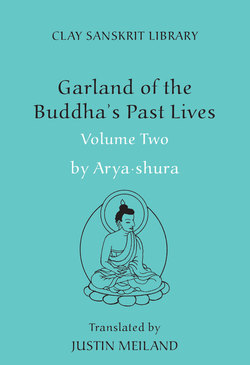Читать книгу Garland of the Buddha's Past Lives (Volume 2) - Aryashura - Страница 27
На сайте Литреса книга снята с продажи.
Оглавлениеparticularly an ideology expressed through the normative medium of texts. Seeking both to transcend and inform the ordinary world, Buddhist renunciate values are, by necessity, engaged in a constantly oscillating dialectic with human society and kingship, involving both conflict and resolution. Given the inherent complexity of this relationship, while various Buddhist texts do espouse the notion of a non-violent, compassionate king, one need not necessarily take such statements solely at face value. Rather than treating such passages simply as offering genuine alternatives to kingship, one can, as Collins suggests, also view them as (often ironical) comments on actual kingship made from an ideological remove.
The “Garland of the Buddha’s Past Lives” expresses a similar ambiguity regarding the Bodhi·sattva’s virtue in general. In ‘The Birth-Story of the Great Monkey’ (27), the Bodhi·sattva’s self-sacrifice for a community of monkeys is portrayed as a model of virtue to be followed by the king witnessing the event. Elsewhere, however, the text is at pains to stress the miraculous nature of the Bodhi·sattva’s unique feats of virtue, asserting that they are “unable to be imitated” by others (Volume 1, preface, v.4). A paragon of virtue, the Bodhi·sattva thus acts both as an ultimate moral standard that shapes and informs the ordinary world and as a transcendent ideal whose exceptional and superior quality serves to inspire the intense devotion that lies at the heart of Arya·shura’s work.
